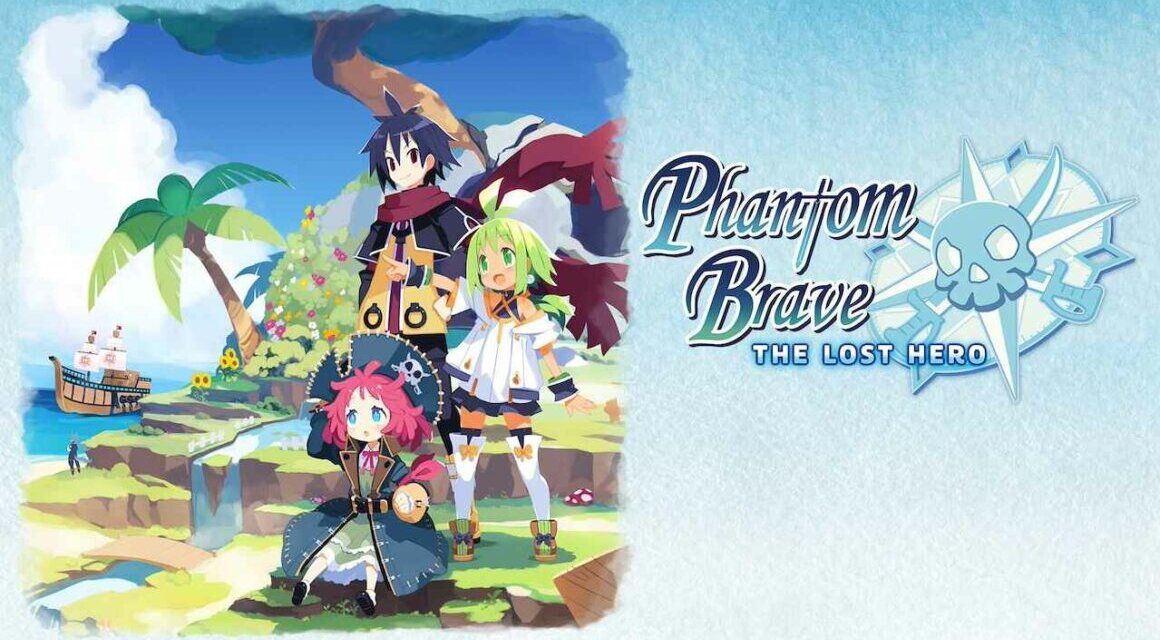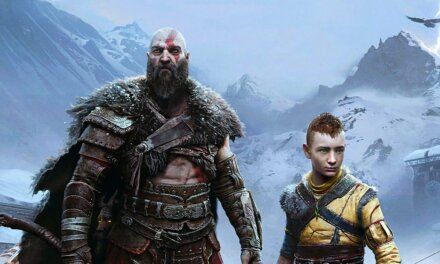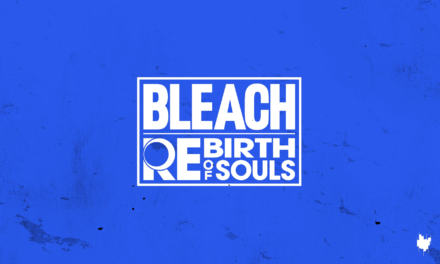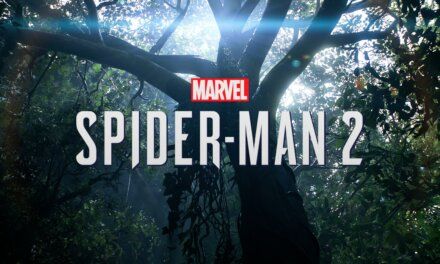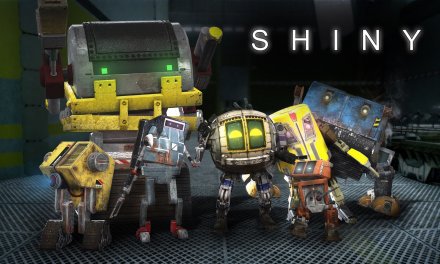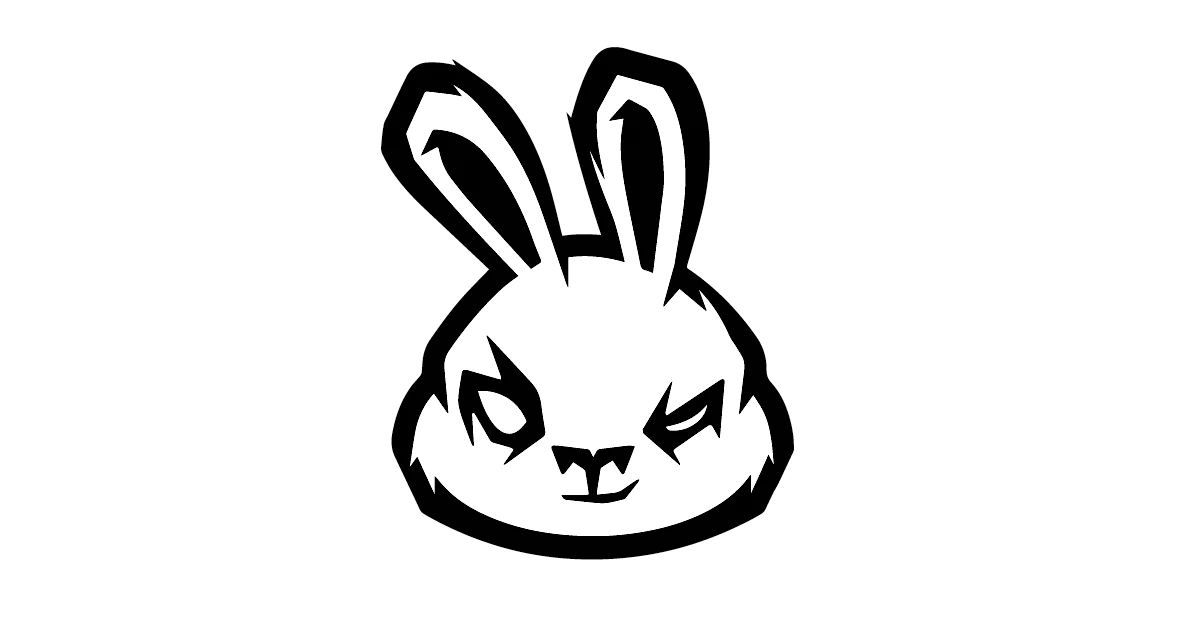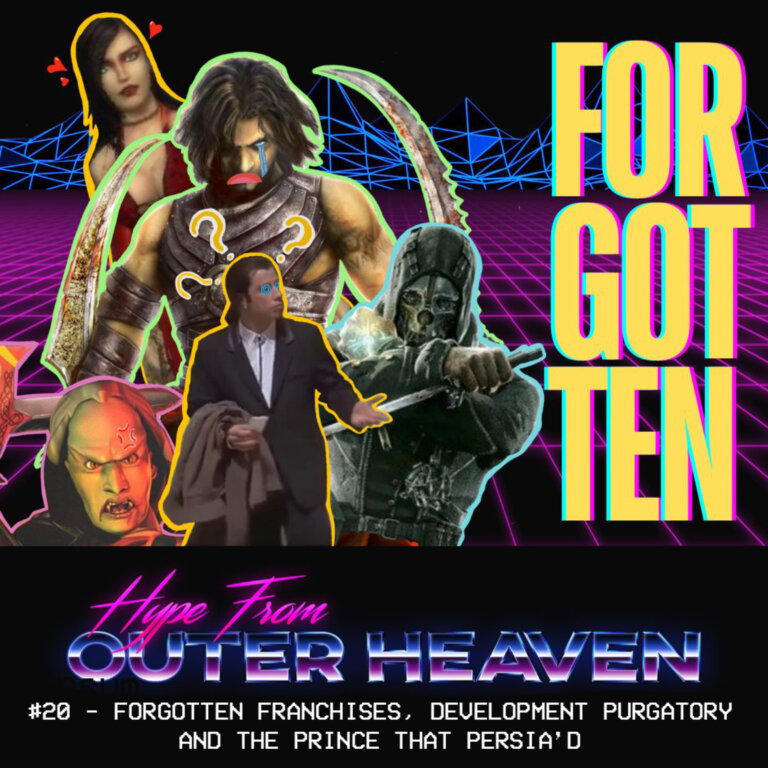Being a huge fan of Disgaea back when it released on PS2 I did become a huge fan of tactical JRPG’s, although these were a thing prior to this, Disgaea was colourful and had a unique art style and comedic yet soulful story that made it stand out. Disgaea itself has become a huge success and phenomenon and has a cult following but along this were other titles released later that followed the same aesthetic but telling a different less netherworldy story and playing in a different way.
Phantom Brave: The Lost Hero announced in 2024 as part of Nintendo Direct is a direct sequel to said PS2 classic and follows the story of Marona and Ash who set sail across the seas and are attacked by ghost ships known as the Shipwreck Fleet. Marona manages to escape but Ash doesn’t. After being washed ashore Marona meets a ghost Pirate named Apricot who wishes to find her father and reunite with him.
After not playing the original Phantom Brave, The Lost Hero is easy to follow meaning knowing the events of the first game are not required. After an introduction you take control of Marona who is known as a Chroma. Chromas are special beings with the ability to talk to and summon ghosts, Apricot being one of them. Apricot who is very timid to begin with warms up to Marona who wishes to help her fleet and reunite her with her father so in return is able to fight for Marona.
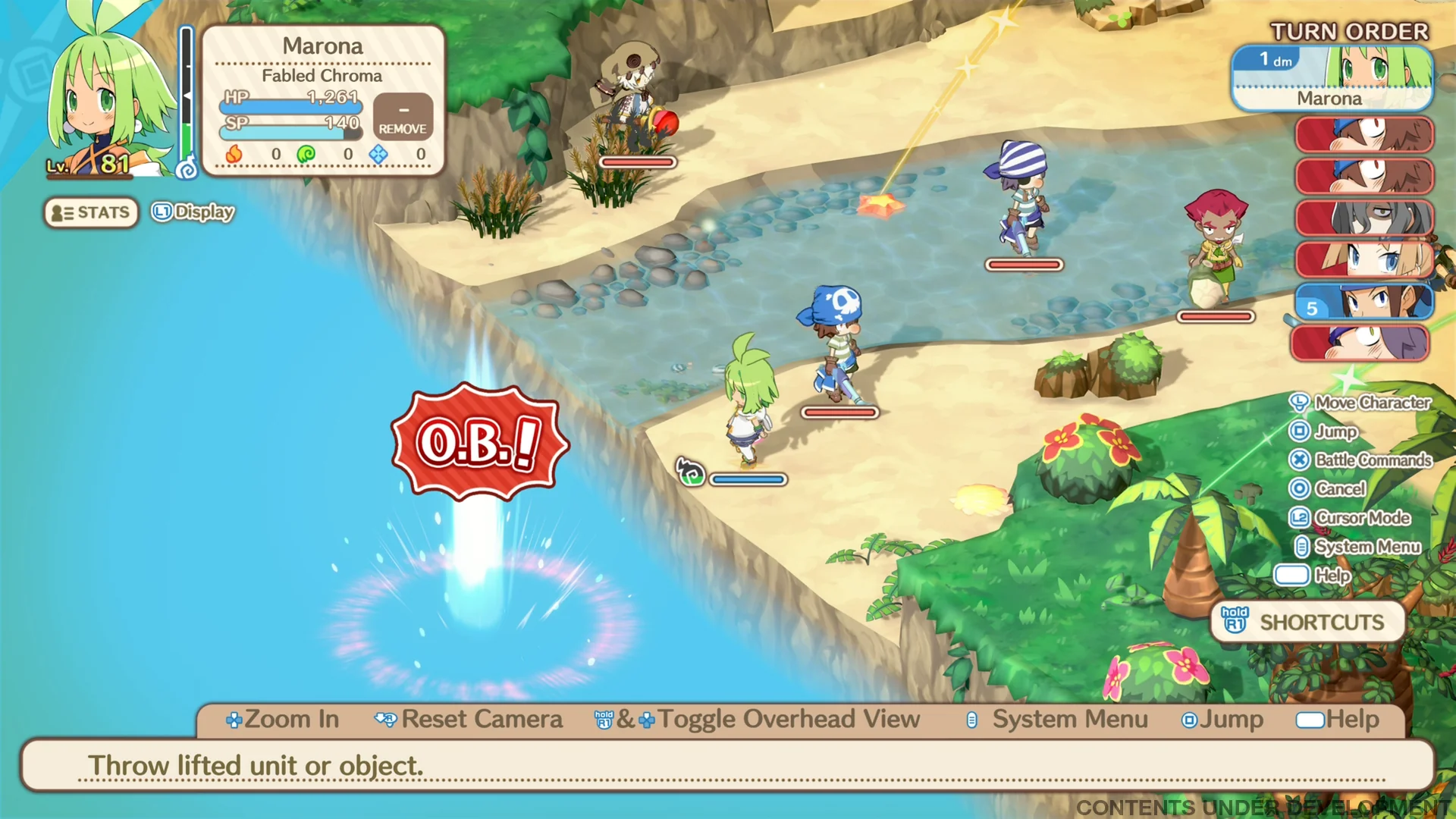
If you’re not familiar with the gameplay Phantom Brave: The Lost Hero plays like a tactical JRPG. If you’ve played Disgaea you would know what to expect but it is not quite the same. Characters can be moved in anyway across the map so are not limited to tiles, but only within the circle at which point you cannot move them further and only initiate an action. You don’t simply move units on to the map but instead you must summon them as Marona who must confine her allies into various Items scattered along the map. An example for this is that you could summon Apricot from a Tree or a Bush and confining from a certain item can also boost that units powers for the battle depending on the Item. There is also more of a tactical aspect in that units only stay on battle for a certain time as noted by the Remove counter. This counter is the time before that unit is removed from battle and cannot be summoned again so you must rely on your other units. Marona herself can also fight and all units have specialities in certain weapon types and can have defence bonuses depending on the weapon equipped with each character defined by a role such as a Healer or a Mage.
Unit attacks are indicated by a blue marker which shows the area of effect of said skill. You can hit multiple enemies at once but it is also worth noting that you can hit your allies also which does have an effect on their relationship with you. You can also see prior to attacking the enemy how much health they will lose from an incoming attack which really helps with your strategy. Despite this is can be a difficult game to understand and with many systems to unlock it can take some time to get used to. You can knock enemies off the map which shows O.B and from my understanding this means they are out of bounds although the game from what I saw never explained this until I looked it up. It’s a mechanic which can be utilized to deplete enemies health quicker as throwing an enemy out of bounds does not actually defeat them. Once you beat the map then it’s more story segments and onto the next map.
Being a fan of these types of games though I love all the intricate systems that come later. The Juice Bar which allows you to use bonus EXP to level your units outside of battle for those lacking and need some catching up, you can send a ship out on expeditions which can bring lucrative items back and maps where you can unlock new dungeons, and much like Disgaea you have Reincarnation and crazy stats and levels that can be reached that far exceeds the need of the normal game.
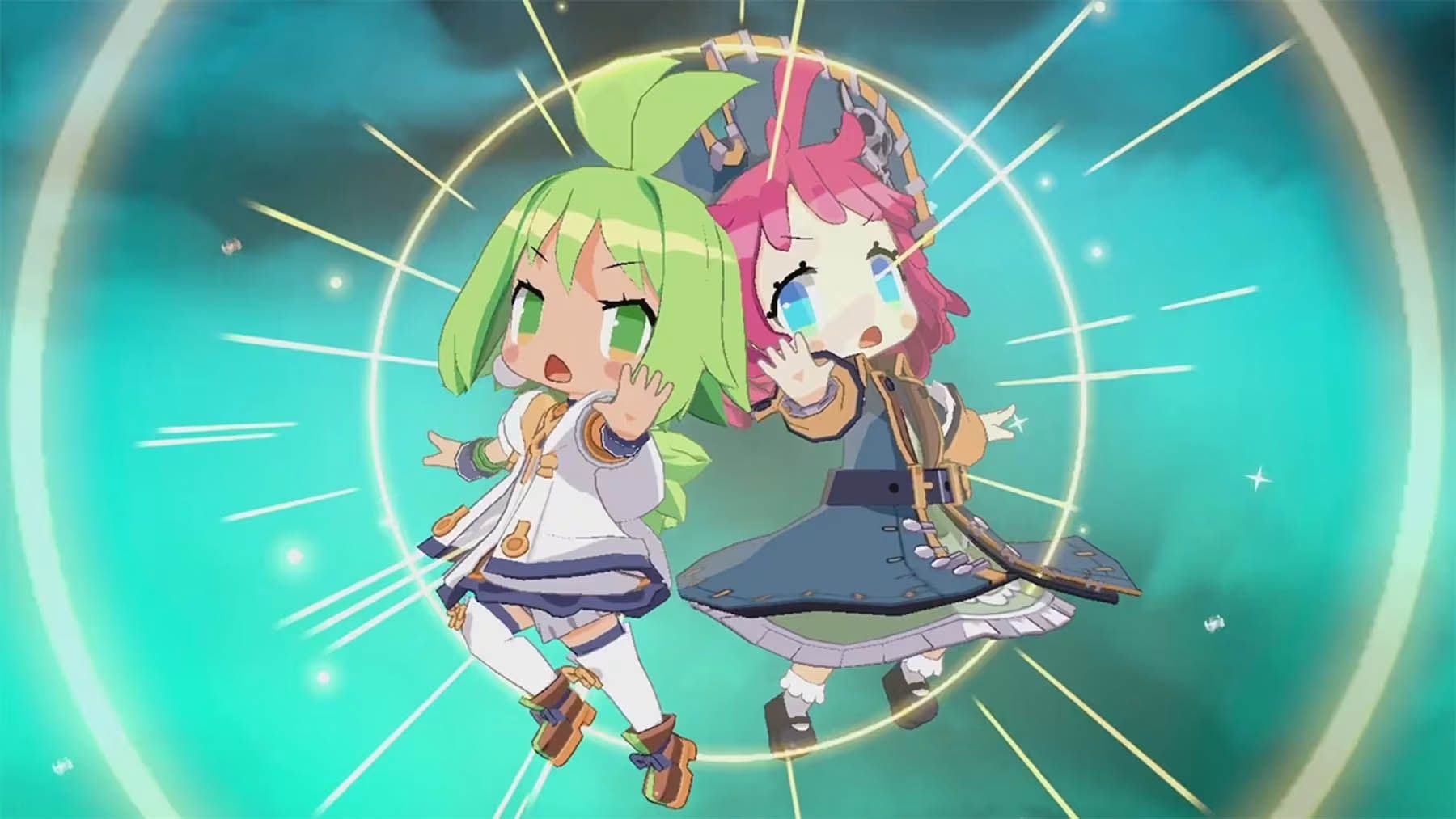
Most of what Morona can do can be initiated from Skullrock Island in the form of Facilities, these can be unlocked early on whilst some will unlock much later but this is where you can do pretty much anything such as create new Phantoms, unlock their Skills and Fuse Items together. These will usually unlock as you progress and will usually require you to create a certain character, the game tells you of this and once you do you will have access to it for the rest of the game.
What I really enjoy about Phantom Brave: The Lost Hero is the story, it feels like Disgaea but without the unruly netherworld kids but with charming ghost and pirates amidst a backdrop of sandy beaches, islands and the ocean. The characters all are unique and come into their own and together in the story. The art style again is great and pretty much follows the latest Disgaea game with its chibi style characters and stylised cel-shading whilst character portraits are portrayed on screen during story segments.
A PlayStation 5 Review Code was provided by NIS America

